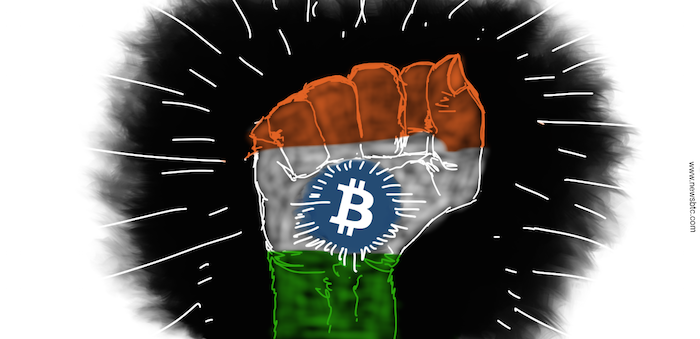COSS.IO: Introducing Simplicity to Cryptocurrencies

Simplicity to CryptoCurrencies
A crypto-one-stop-solution platform, COSS for short, is officially deployed in beta today. The platform merges the most popular cryptocurrency services, e.g. a wallet service, an exchange, a merchants’ platform, into a shared virtual space, in which cryptocurrency customers and merchants can meet and interact. Developed by an international team headquartered in Singapore under C.O.S.S. PTE LTD license, the COSS platform was first introduced as a final examination project that the CEO of the company, Rune Evensen presented to the committee of the MIT Fintech course in 2016. That was the first draft of a gigantic project that would hardly see the light of day, if it hadn’t received the support of the participants and the experts of the course.
A very thorough plan for COSS was designed shortly after the course finished, with the project kickoff scheduled for December 2016 followed by the testing phase in the beginning of the year 2017. Since then, layer by layer, the platform came to live. The developers’ team nicknamed COSS the “living” project, as it has no end-destination point and can last forever like the internet itself, with more and more startups being added with the time.
In February 2017 the white paper was published on coss.io homepage outlining the technical specifics of the platform. Having learned from the mistakes of the cryptocurrency pioneers such as bitcoin, the developers of COSS focused on the security of the platform and implemented the platform on top of the Ethereum blockchain. The main idea behind COSS is the creation of a single user-friendly ecosystem suitable for mass adoption and non-technical users, which would combine crypto and fiat currency services, available for customers with a single registered account all in one place.
"Redefining simplicity has been on our mind since day one, and we truly believe that COSS can make it a lot simpler for any average Joe out there to enter the world of cryptocurrencies and blockchain-related products and services,". Upon its soft launch in beta, the COSS platform has an exchange with payment gateway/POS system running. In the nearest future, the following features will be setup: a crowdfunding tool, an ICO platform, 3rd party provider plugins, market cap and coin overviews, a blockchain forum, a remittance and a payment gateway.
The native currency of the COSS platform VEROS, is implemented as an Ethereum smart contract, which governs the validation, the distribution, the value and the ownership of the tokens. Apart from VEROS, the platform will support the most widely-used cryptocurrencies that customers will be able to convert to fiat via the COSS exchange service. A lot more features will be added to the platform during the next phase of development. "I would like to personally thank all the involved parties that have contributed endless hours to this project. Although we are just getting started, it is a huge MILESTONE for us to finally go live,"
About
COSS stands for Crypto-One-Stop-Solution and represents a platform which encompasses all features of a digital economic system based on cryptocurrency. The COSS system consists of website payments, seller tools, a marketplace, financial module, e-wallets, coin facilities and a mobile platform. The platform unifies the most popular crypto and fiat currency services, e.g. exchanges, payrolls, wallets, acquisitions, and transactions. VEROS is a secure and transparent cryptocurrency, launched in October 2016, and implemented on the Ethereum blockchain as a smart contract. VEROS is designed specifically for massive adoption and everyday use.
Chuck Reynolds
Contributor
Alan Zibluk Markethive Founding Member











